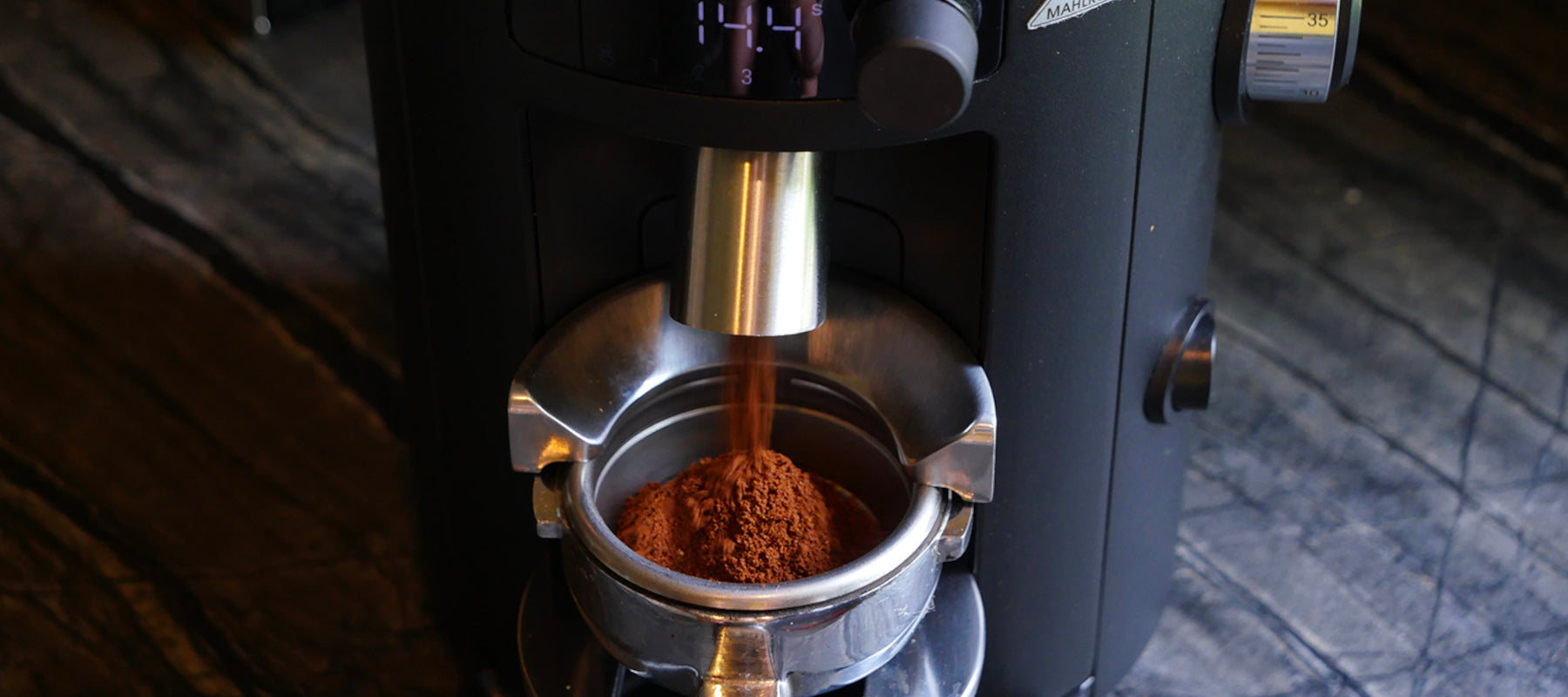How to keep my beautiful Clyde Stovetop Tea Kettle clean?
Here are a few useful suggestions and tips to ensure that your new Clyde Kettle keeps looking its best:
Cleaning
- Stovetops have a tendency to collect oils and food particles. Hand wash the kettle after each use, using only warm water or a combination of water and mild, liquid dish soap. Do not use chlorine, bleach, or other chemicals.
- Be sure to only ever use your hands, a soft sponge, or a soft nylon bristle brush to clean your Clyde. You should not use any sort of abrasive scouring pads, steel wool, or stiff bristle brushes as these will cause damage.
- It is best to let your Fellow Clyde kettle air dry or you can gently dry it with a soft towel.
- If any sign of corrosion is discovered, apply some compounding polish on a soft sponge and rub it in. Rinse thoroughly after cleaning.
- If you notice any signf of water deposits form on the inside of your Clyde kettle, then use a 50/50 vinegar and water solution to clean it. It works beautifully and will easily and quickly deal with the marks. Of course be sure to rinse thoroughly after the cleaning your kettle.
Suggestions
- Make sure that the bottom of your kettle is dry and clean before you use it.
- Corrosion may develop if you allow any oil or traces of salt to remain in contact with your kettle during use.
- You should never ever heat up the kettle while it is empty. While all materials are made of stainless steel or heat-resistant nylon, overheating the kettle increases the risk of fire and may melt the nylon parts of the kettle. Please don't ever do this.



Leave a comment